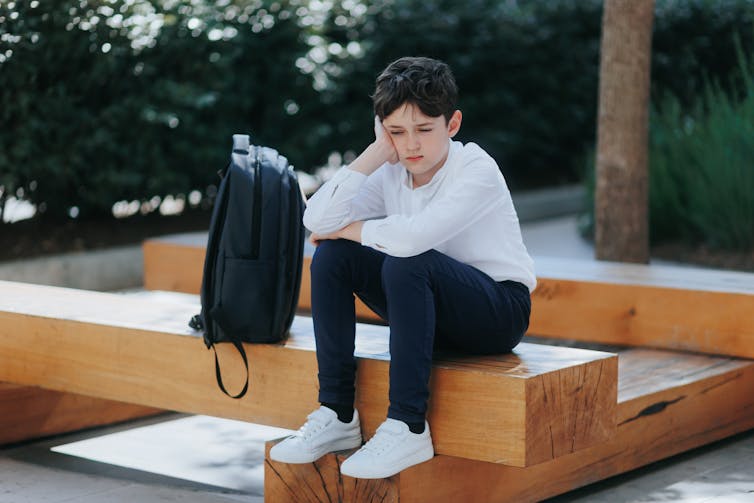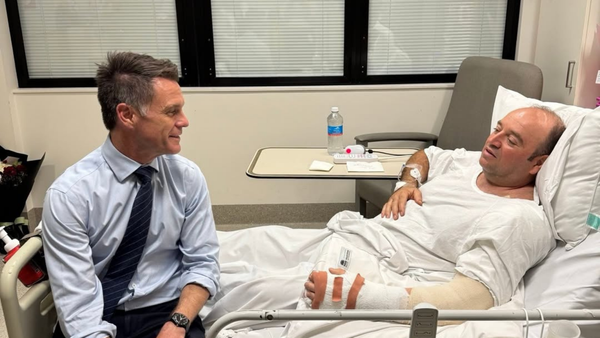
Walk into any custodial youth justice facility in the UK – from young offender’s institutions to secure training centres and children’s homes – and you’ll be met with an unexpected reality: the majority of children in these settings have special educational needs and disabilities.
In particular, a very high proportion of children in custody have neurodisabilities. These are long-term conditions affecting the brain and nervous system, and range from autism to brain injuries and foetal alcohol spectrum disorders.
These conditions are grouped together because they affect children’s cognition (including memory, attention and concentration, and executive functioning – mental skills necessary for daily life), as well as their emotional regulation, social communication skills and physical development. This is a pattern repeated in youth justice systems across the world.
For example, estimates suggest that 50% to 87% of children in custody globally have a brain injury. However, research from Canada suggests that brain injury affects around 20% of children in the general population. Over 60% of children in custody globally have a speech, language and communication impairment, compared with 1-3% in the general population globally.
Autistic children make up between 2% and 18% of children in custody across Europe and the USA, compared with 0.3 to 1.9% in the general population in Europe and the USA. While there is significant difference between countries, approximately 30% of children in custody globally have ADHD. This compares with 7% in the general population globally.
While just 0.7% of children in the general population have foetal alcohol spectrum disorders, these affect 11% to 21% of children in custody. Foetal alcohol spectrum disorders are a range of cognitive, behavioural and physical conditions which can affect a child as a result of their mother drinking alcohol during pregnancy.
Some children in custody may have very complex needs, with multiple overlapping conditions. Additionally, children may have needs that don’t quite meet diagnostic criteria for any one condition but still have a significant impact on their lives. These children have often had disrupted educational backgrounds, with multiple school moves or periods of absence. This means that they also may not have had their needs identified in school.
Why is this happening?
Of course, having a neurodisability in no way makes children inherently criminal. The majority of children with special educational needs will never come into contact with the youth justice system. So what is it that makes this small group who do more vulnerable?
School exclusion appears to be a really key component in pathways into the justice system for these children. My research with colleagues explored rates of neurodisability and school exclusion in prisoners in Wales. We found that those who scored more highly on a measure of neurodisability were also more likely to have been excluded from school. Those who had been excluded from school were also more likely to have had their first conviction at a younger age.
This finding aligns with Department for Education statistics, which indicate that exclusions are disproportionately affecting children with an identified special educational need. Children with special educational needs represent just around half of all permanent exclusions in England. However, they represent only about 17% of the mainstream school population.

There is plenty of convincing evidence that school exclusion is harmful, and increases the chances of children ending up in the criminal justice system.
Despite this, many accounts report a concerning rise in the use of zero-tolerance behavioural policies in the UK. This could be linked with a rise in the rates of school exclusions reported in the most recent Department for Education statistics.
In 2023-24 there was a 21% increase in the use of fixed-term exclusions (sometimes called suspensions) in England from the previous year. There was also a 16% increase in permanent exclusions.
Combined vulnerabilities
Children who end up in the youth justice system often have multiple other disadvantages layered on top of this systematic exclusion from school. For example, my recent study with colleagues used data from half a million children in the UK. We found that child poverty compounded the likelihood of having contact with the youth justice system for children with neurodisability. This means that it was children who had both disadvantages who were most vulnerable.
This growing body of evidence demonstrates that society is failing these children. When children with neurodisability and complex social disadvantage continue to be punished and excluded, we can’t be surprised when they end up on the fringes of society.
There are ways to remedy the problem of school exclusion. These include more specialist classrooms and units, as well as providing teachers with more options and support for children who aren’t thriving in the mainstream classroom.
In addition, more can be done to remove the layers of disadvantage that these children experience. More generous family welfare policies might help to lift children out of disadvantage and support them to have a better start in life.
Action like this could divert children away from the youth justice system long before they ever have contact with the police.
Hope Kent currently receives funding from ADR-UK, and has previously recieved funding from the Economic and Social Research Council. She is affiliated with the UK Acquired Brain Injury Forum.
This article was originally published on The Conversation. Read the original article.







